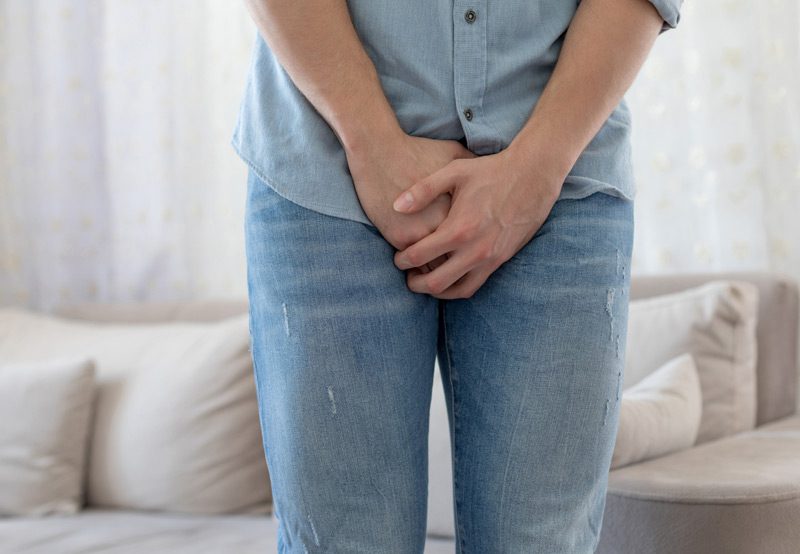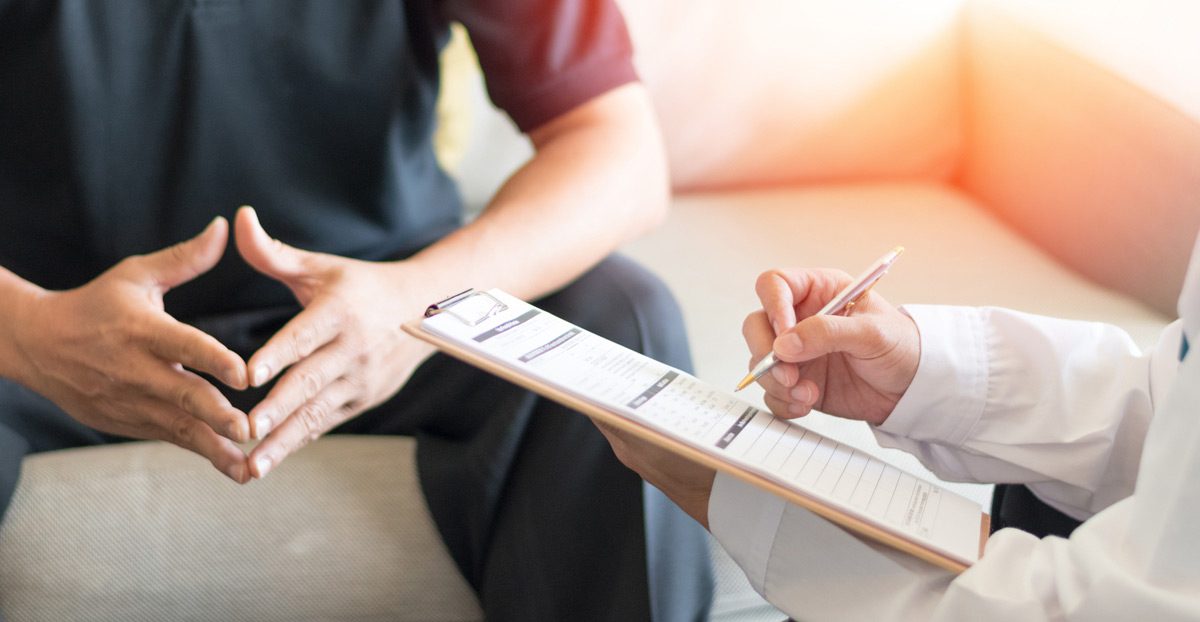

Urinary incontinence (UI) refers to an urge to go followed by an involuntary loss of urine. The condition is fairly common and may be brought on by activities like coughing, laughing, sneezing, or engaging in certain types of exercises. All of these activities place pressure on the abdomen.
UI is more common in older adults. Individuals experiencing urinary incontinence should speak to a urologist to identify the cause and pursue the right treatment.
Causes of Urinary Incontinence
UI may be exacerbated by sugary and spicy foods, carbonated beverages, and certain medications. Other contributing factors may include constipation, urinary tract infections, age-related changes, menopause, prostate cancer in men, pregnancy, childbirth, tumors, and neurological disorders.

Different Types of Urinary Incontinence
Patients may be diagnosed with one or more of the following types of urinary incontinence:
- Stress-induced incontinence that occurs as a result of engaging in physical activity.
- Urge incontinence that occurs when there’s an urge to go immediately followed by an involuntary loss of urine.
- Overflow incontinence characterized by dribbling after urination.
- Functional incontinence caused by mental or physical conditions, like arthritis, that may prevent an individual from getting to the bathroom in time.
The Diagnosis Process
During a physical exam, the patient may also be asked to cough or perform actions that trigger urinary incontinence. Additional evaluation may include a urinalysis, post-void residual measurement, and urodynamics. This is done to determine the effects on the bladder. Patients may also be instructed to keep a bladder diary to track triggers and symptoms of urinary incontinence.
Treatment Options
The type of treatment that is best for a patient will depend on the severity of symptoms and level of disruption to daily life. Patients with an underlying condition causing urinary incontinence will also receive treatment for that condition as part of overall UI treatment. Patients with diabetes may experience UI and need treatment for both conditions.
Unless the patient is experiencing severe symptoms or in urgent circumstances, treatment for UI typically starts with behavioral modifications such as bladder training, which may involve learning to go once and then waiting a few minutes to try again to ensure the bladder is fully emptied (also called double voiding).
Scheduling bathroom visits may be another useful tool for preventing urinary incontinence.
Electrical stimulation can also be an effective option, helping to strengthen pelvic floor muscles. Alpha blockers (for men), anticholinergics, and low-dose topical estrogen (for women) are a few medications that may help manage and treat symptoms of UI. Additional treatment options include:
- Transurethral bulking agents around the urethra to control leakage
- Urethral inserts to minimize bladder stimulation during physical activity
- OnabotulinumtoxinA injections
- Nerve stimulators to control nerve impulses around the bladder
- Protective garments
If non-surgical options fail to provide relief, patients may need to undergo surgery. A few surgical options include a sling, bladder neck suspension, prolapse surgery, and an artificial urinary sphincter with a fluid-filled ring that’s activated to a valve under the skin.

